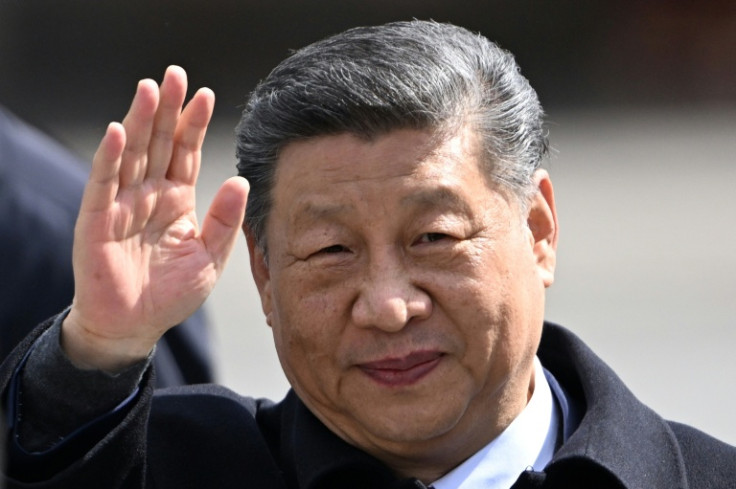China Hosts Largest-Ever Global Summit, Showcasing Challenge To US Leadership

China this weekend staged the largest-ever gathering of the Shanghai Cooperation Organization (SCO), drawing more than 20 heads of state and international leaders to Tianjin in what Beijing framed as an alternative vision to Western-led alliances. The two-day summit, which ran from Aug. 31 to Sept. 1, underscored China's ambition to present itself as a central convening power at a time of deepening rivalry with Washington.
Chinese President Xi Jinping personally welcomed an array of world leaders including Russian President Vladimir Putin, Indian Prime Minister Narendra Modi, Turkish President Recep Tayyip Erdoğan, Iranian President Masoud Pezeshkian, and Belarusian leader Alexander Lukashenko. According to The Associated Press, the scale of the event — spanning member states, observers, and dialogue partners from across Asia, the Middle East, and Europe — marked a new high point for the 25-year-old SCO, which has long billed itself as a counterweight to U.S. influence.
One of the most closely watched moments came during Xi's meeting with Modi. Relations between the two nuclear powers have been strained since the deadly Himalayan border clashes of 2020, but Xi told Modi it was "the right choice" for China and India to work together, describing their cooperation as "the dragon and the elephant coming together," The Australian reported. Modi, in turn, pledged to improve trade ties, ease visa rules, and facilitate pilgrimages, while noting India remained committed to de-escalation along the contested frontier, according to Reuters. Analysts stressed, however, that long-standing challenges — including China's dam-building in Tibet and India's yawning trade deficit — continue to cloud relations.
China also used the summit to showcase its technological ambitions. A humanoid robot named "Xiao He" was introduced to assist journalists and delegates, offering translation and logistical support. As reported by The Times of India, the robot's debut was designed not just for convenience but as a symbolic display of Beijing's smart-tech prowess in global diplomacy.
While the SCO prides itself on fostering unity among the so-called Global South, experts remain cautious about its effectiveness. "It is still more symbol than substance," AP noted, pointing to deep divisions within the bloc — including tensions between India and Pakistan, and mistrust between India and China. Still, the optics of Xi flanked by Putin, Modi, and Erdoğan sent a clear message that Beijing is determined to lead an alternative pole in global affairs, The Wall Street Journal reported.
The summit concluded on Sunday, but the pageantry will continue in Beijing, where China is preparing a massive military parade on Sept. 2, to mark the 80th anniversary of Japan's surrender in World War II. Putin and North Korea's Kim Jong-un are expected to attend, according to ABC News, alongside other authoritarian leaders, highlighting the martial undertone of China's diplomatic offensive.
As The Financial Times observed, the SCO's growing profile comes at a moment when the United States, under President Trump's second term, has doubled down on tariffs and a combative posture toward Beijing. For many leaders in Tianjin, the summit was less about binding commitments than about being seen as part of a coalition challenging U.S. primacy.
For Washington, the immediate consequences may be limited, but the optics were striking: China succeeded in gathering some of America's fiercest rivals, along with key swing states like India and Turkey, under one roof. Whether this grouping develops into a durable alternative to Western alliances remains uncertain. For now, Beijing has put the world on notice that the stage is no longer America's alone.
© Copyright IBTimes 2025. All rights reserved.




















